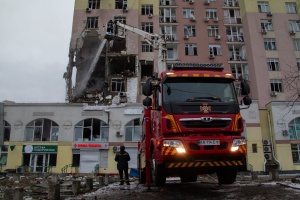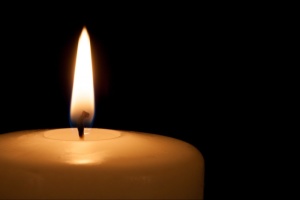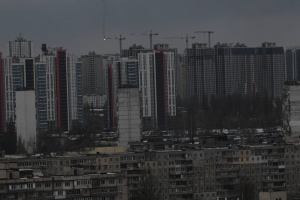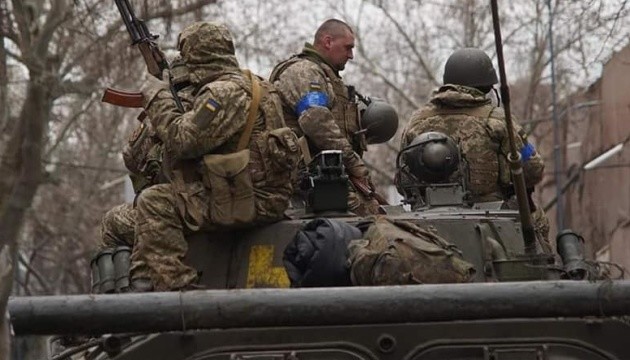
Prospects for running a military campaign in 2023: Ukraine’s perspective
As understood by the absolute majority of military experts and analysts today, the large-scale war unleashed by the Russian Federation against Ukraine on February 24, 2022, has long been beyond the concept of a local conflict of medium intensity. This applies to the spatial indicators, the number of forces involved, and the convincing list of weaponry and other high-tech equipment inherent in this military confrontation.
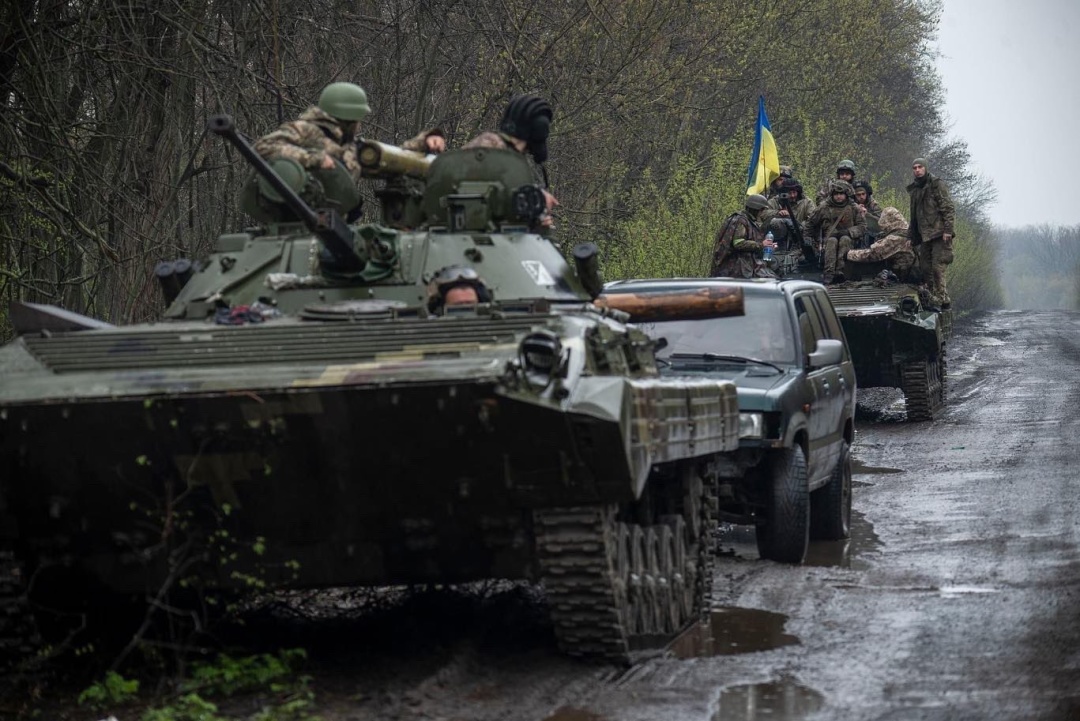
HOW LONG WILL THE WAR LAST?
A major question that is being raised is how long the said conflict will continue. After all, in no way does it fit into the timeframe of the announced Russian "blitzkrieg" or that of active hostility phases in any of the wars waged in the early 21st century. In any case, the war has been lasting for months already. And there is every reason to believe that it is not going to end anywhere within 2022.
In this regard, it is natural to look into the prospects for the next year and go beyond just predictions and assumptions. Such outlook should be totally practical. Namely, how far should Ukraine’s military ambitions extend? Also, as a logical derivative of this question, what help exactly does the Armed Forces of Ukraine need from partners for the coming year 2023?
It is quite logical that the very search for answers to the questions posed, besides a fascinating theoretical discussion, also has a completely utilitarian side to it. For a limited number of military and civilian officials, such research comprises a major part of their professional duties. It is worth adding that for most of them, such issues are essentially about a clear responsibility for defending their country, and ultimately for defining its fate.
It can be assumed that these studies have already been reflected in several state-level guidelines and doctrines. For obvious reasons, dissecting them is beyond this article’s scope. It is suggested only to consider the main evaluations in relation to the questions mentioned and put forward a version of the relevant answers.
Given that the aggressor holds a strategic initiative, it is quite logical to start off with a description of the situation in which the Russian side is likely to find itself. The tentative lines of contact are already allowing us to predict the limits of Russia’s ambitions regarding further advances into Ukraine.
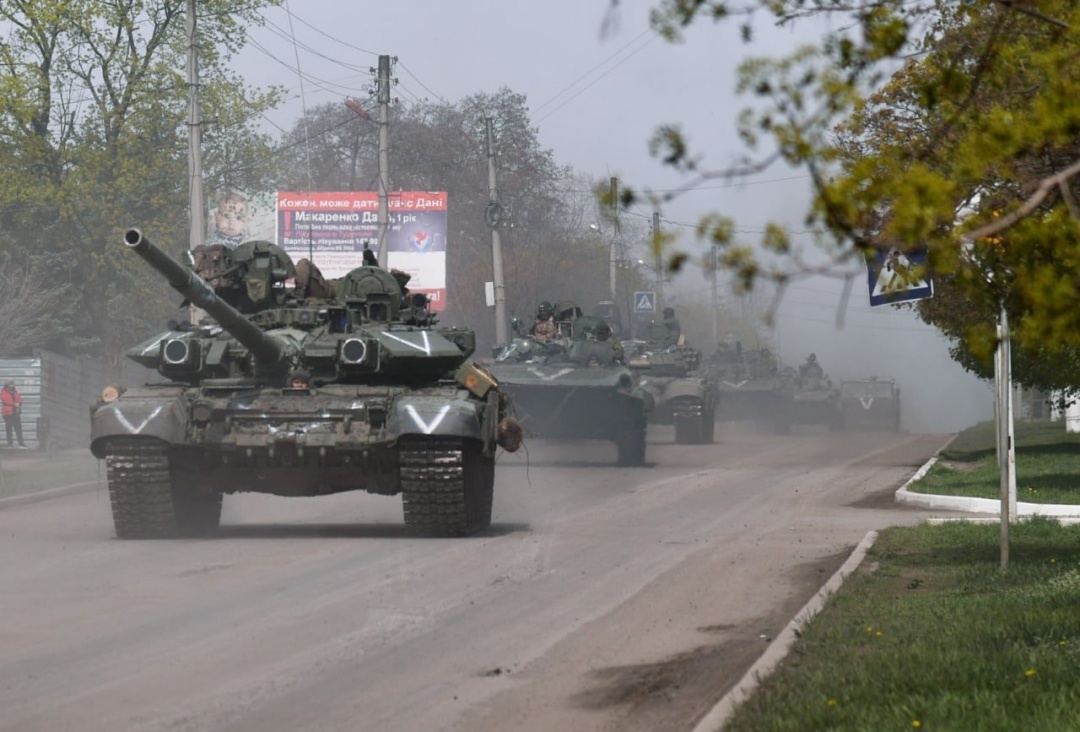
WHAT ARE THE LIKELY GOALS RUSSIA IS SET TO PURSUE?
Certain operational prospects are visible in the Izyum and Bakhmut areas. Reaching the administrative border of Donetsk region can be seen as a probable end goal of Russia’s efforts. The prospect of advances in the Zaporizhia direction looks even more attractive to the enemy. It would ensure further northward action, allowing to pose a direct threat of capturing the cities of Zaporizhia and Dnipro, which will in turn lead to the Ukrainian side losing control over a large part of the country’s Left Bank (of the Dnipro River - ed.). Revisited plans to gain control of Kyiv and the threat of renewed invasion from the territory of the Republic of Belarus cannot be ruled out either.
But further advances in the South Buh direction from the operational bridgehead on the right bank of the Dnipro River open up the most opportunities. Success in the southern part of Ukraine, provided it is utilized quickly and correctly, could yield a double effect. On the one hand, this would open quite realistic prospects of taking over Mykolaiv and Odesa, and on the other hand – create a threat toward Kryvyi Rih before posing threats to the central and western regions of Ukraine.
We deliberately chose not to address in this article the conditions under which Russia would be forced to go along with this alleged plot. At the same time, we should not dismiss the entire spectrum of related strategic and even global problems this would create for the Russian Federation. Among them is international isolation, as well as partial economic pressure through international sanctions, issues with general mobilization, and the lack of modern weapons and equipment, which over time will become more acute.
In addition to the purely military advantages, this kind of strategic action in the East and South of Ukraine will bring Russia additional political and economic dividends. Among them are ensuring the security of the self-proclaimed ‘republics’ and the logical, albeit delayed, conclusion of the so-called "special operation", severing Ukraine's access to the Black Sea, gaining control over the key element of the country's power system, the South Ukrainian NPP, etc.
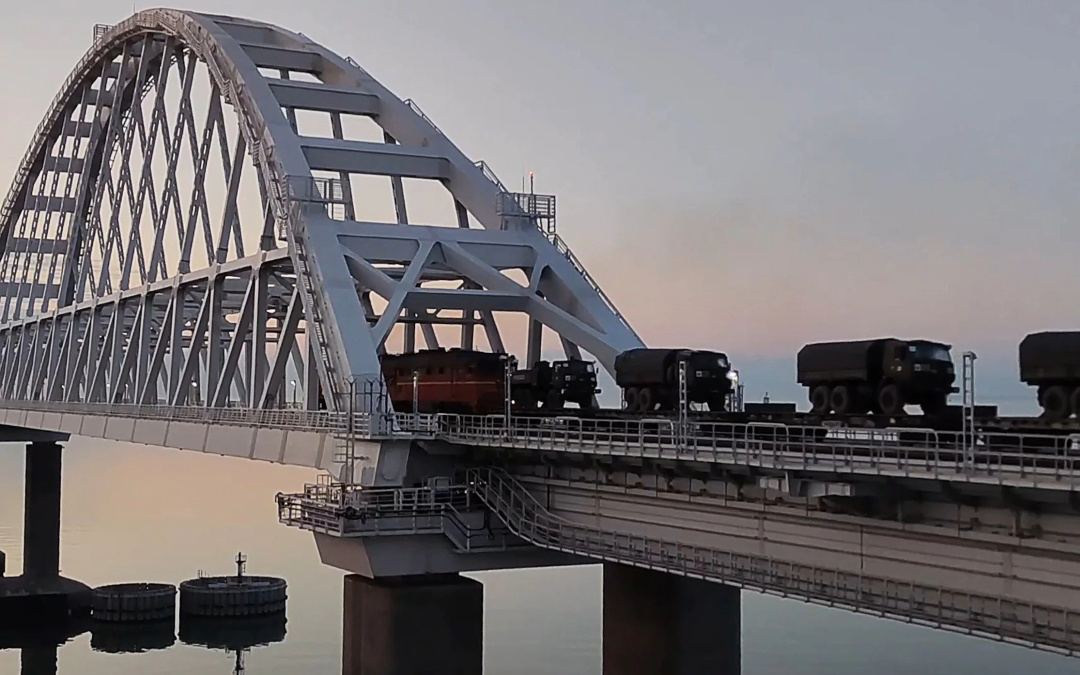
WHY CRIMEA IS A KEY FACTOR, BUT NOT THE ONLY ONE
It is easy to conclude that such promising success in the South and, to some extent, in the East of Ukraine, in the territorial sense, must be based on reliable defenses and preservation of control over the temporarily occupied Autonomous Republic of Crimea. Indeed, Crimea was and remains the basis for supply routes on the southern strategic flank of Russian aggression. The territory of the peninsula allows deploying significant numbers of troops and supplies. Finally, Crimea hosts the main naval base of Russia’s Black Sea Fleet, as well as a network of airfields, for launching airstrikes almost across the entire territory of mainland Ukraine. Some analysts are inclined to suggest that it is control over the territory of the Crimean Peninsula that the Russian forces see as a Center of Gravity in the ongoing war.
However, looking into the situation that the Ukrainian Armed Forces are likely face in 2023, these things don’t look so clear. In fact, for the Armed Forces of Ukraine, the situation will be a complex mix of the actual location of the line of contact, the available resources, the pool of combat-ready forces, and, obviously, the strategic initiative that will remain in the enemy’s hands.
Along with this, pursuing the said logic, it is necessary to note reservations about the tentative line of contact from the Ukrainian perspective. Its outlines have an extremely disadvantageous configuration in the already mentioned Izyum and Bakhmut directions. Substantial efforts on the part of the Russians to wedge into Ukraine’s defenses constrain any operational maneuver and require essentially doubling the number of forces in the area to contain the enemy. The situation becomes especially acute amid the lack of firepower assets and insufficient air defenses.
The situation in the South and East looks no better. The threat of enemy advance toward Zaporizhia has already been mentioned. In addition, there is a persistent threat enemy gaining partial success from the direction of Hulyai Pole, which under certain conditions could create a threat of an entire grouping of Ukrainian troops in the east of Ukraine being encircled.
The fact that the enemy has an operational bridgehead on the right bank of the Dnipro River requires additional efforts to prevent its expansion.
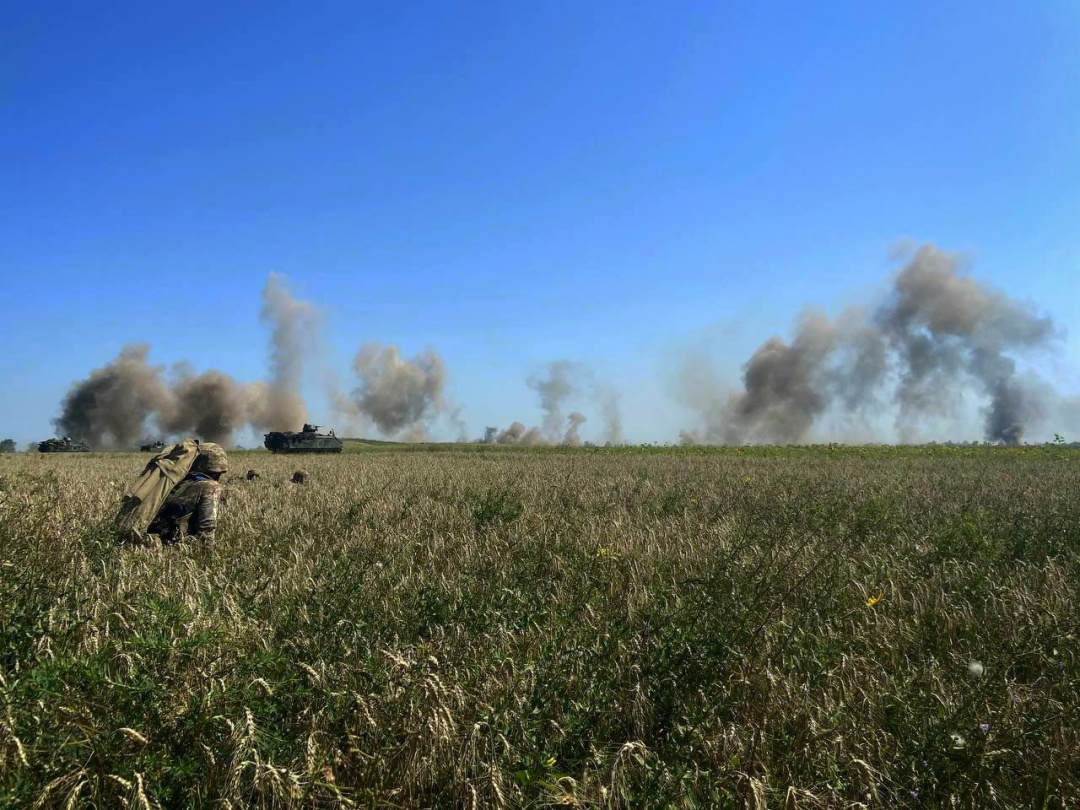
UKRAINIAN COUNTERSTRIKES: WHAT NEEDS TO BE DONE TO MAKE THEM HAPPEN
The only way to radically change the strategic situation is undoubtedly for the Ukrainian Army to launch several consecutive, and ideally, simultaneous counterstrikes throughout 2023. It would be hard to overestimate their military, as well as political and informational, significance. At the same time, the issue of their planning and execution requires more attention.
The subject can be narrowed down to the following concept: what forces and means are needed to this end? If we consider the 2023 campaign as a turning point, we need to return to the definition of the Center of Gravity for Russia in this conflict. After all, only an effective influence on the enemy's center of gravity could change the course of the war.
Provided that such a center of gravity is control over Crimea, it is logical to assume planning for 2023 an operation or a series of operations to regain the peninsula. Such planning must first of all assume that the necessary pool of troops is available. And we are definitely not talking about Ukraine Army units already operating on the 2,500 km-long front line from Kherson to Kovel.
Preparation of an offensive campaign demands that Ukraine sets up one or more operational (operational-strategic) groupings of forces consisting of 10 to 20 combined arms brigades, depending on the intent and ambitions of the Ukrainian Command. In the current situation, the above could be done exclusively by replacing the main types of armament available to the already existing brigades with modern ones, provided by Ukraine's partners. Separately, a need should be highlighted to obtain more missiles and ammunition, artillery systems, missile launchers, EW assets, etc. All of this will require consolidated efforts of all partner countries, while taking up a significant amount of time and financial resources.
Strictly speaking, all of this is directly and exclusively dependent on the resources available to Ukraine. While the situation with the number of forces is likely to look quite promising for the Armed Forces of Ukraine, the same cannot be applied to heavy weaponry and ammunition. But, in any case, provided there is political will, timely and deliberate planning, with the use of the industrial base and reserves of the world’s leading powers, the task of setting up and properly equipping such groupings is seen as absolutely realistic.
However, the outlined approach to defining the tasks of the 2023 military campaign for Ukraine’s Armed Forces seems too one-sided.
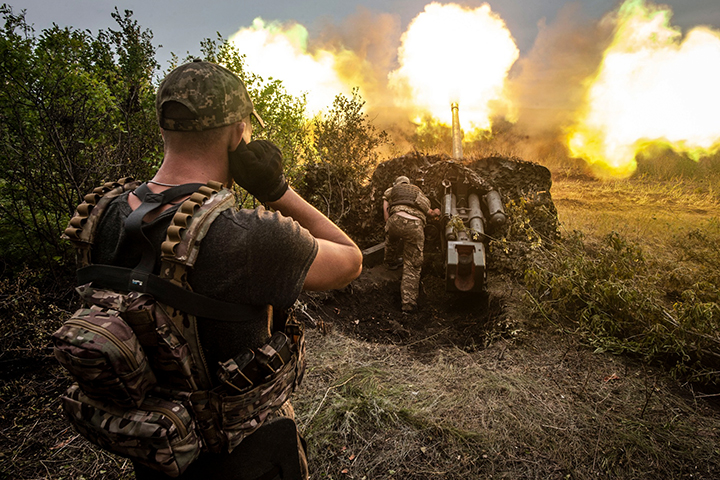
IF THE INVADERS EVEN LOSE CRIMEA
So we are once again forced to revisit the need for Ukraine to precisely define the enemy’s Center of Gravity. With this in mind, we should leave aside the issue of whether it is appropriate to link the "Center of Gravity" concept to a certain area or region at the strategic level. We only note that it is the source of mental and physical power, strength, and resistance – something that Clausewitz called "the concentration of all power and movement on which everything depends... the point to which all our energy should be directed"[1]
Let's assume that the Armed Forces of Ukraine achieve total success in the 2023 campaign, regaining control of the Crimean Peninsula.
Again, it is difficult to overestimate the extremely positive political and informational significance of such a strategic success. At the same time, the military significance of such a victory can be assessed differently. Russia would lose its Black Sea Fleet’s naval base, an airfield network, major stockpiles of material resources and, most likely, suffer massive manpower and equipment losses. At the same time, nothing can prevent the painful, albeit quite realistic, transfer of the Black Sea Fleet to the Novorossiysk naval base on the Black Sea’s eastern coast, so Russia’s military presence in the region will remain in place, along with the threat of missile strikes. The same can be assumed for the use by the Russian warplanes of Primorsko-Akhtarsk and Yeisk airfields. The loss of significant stocks of material resources will affect the Russian army only temporarily.
Manpower losses and destroyed equipment, at least in terms of their numbers, could also eventually be replenished.
Summarizing the above, in discussing prospects beyond 2023, we can only talk about a new stage of confrontation. Of course, initial data and perspectives will vary, but again, this will be a long conflict, bringing human losses and massive expenses, with no certain final outcome in view.
So a slightly different approach to determining the Center of Gravity for the Russian forces and the very essence of the ongoing war is now being proposed.
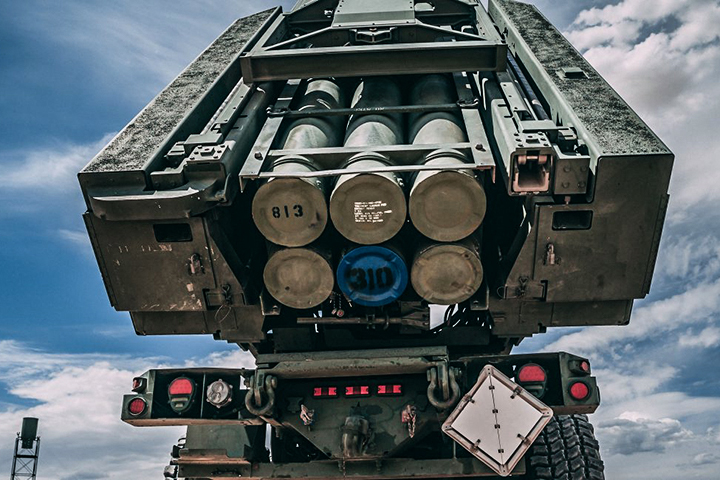
DISPROPORTIONATE CAPABILITIES: HOW CAN UKRAINE CATCH UP?
The main feature of fighting off the Russian army is not about Russia massively overpowering Ukraine in terms of manpower and weapons and not even about a significant scope of the strategic operation targeting Ukraine. The decisive factor is significantly disproportionate capabilities.
This is most noticeable in terms of the maximum operating range of the assets of destruction. For the Russian armed forces, it’s up to 2,000 km, taking into account the range of air-based cruise missiles[2], while for Ukraine’s forces it is actually a mere 100 km, which is limited to the range of missiles and the deployment depth for the outdated short-range ballistic missile systems[3]. Thus, from the onset of the large-scale aggression, Russian weapons could hit targets 20 times farther than the Ukrainians. Translated into the language of military practice, it means that the Armed Forces of Ukraine, in the best-case scenario, are able to employ outdated launchers and strike no farther than the depth of the enemy's operational rear. At the same time, the enemy is able to inflict point strikes on targets across the entire depth of the country's territory, doing it with impunity.
It’s precisely this capability that should be considered as the Russian army’s Center of Gravity from a military standpoint. As long as the current situation persists, this war can last for years.
How can this issue be addressed?
Of course, it is impossible to immediately strip the enemy of such a significant advantage. Considering the volume of resources available to the Russian army, the very possibility of eliminating it completely is too doubtful. At the same time, it is quite possible to counter the enemy with its own capability to act in a similar way, operating at a similar range.
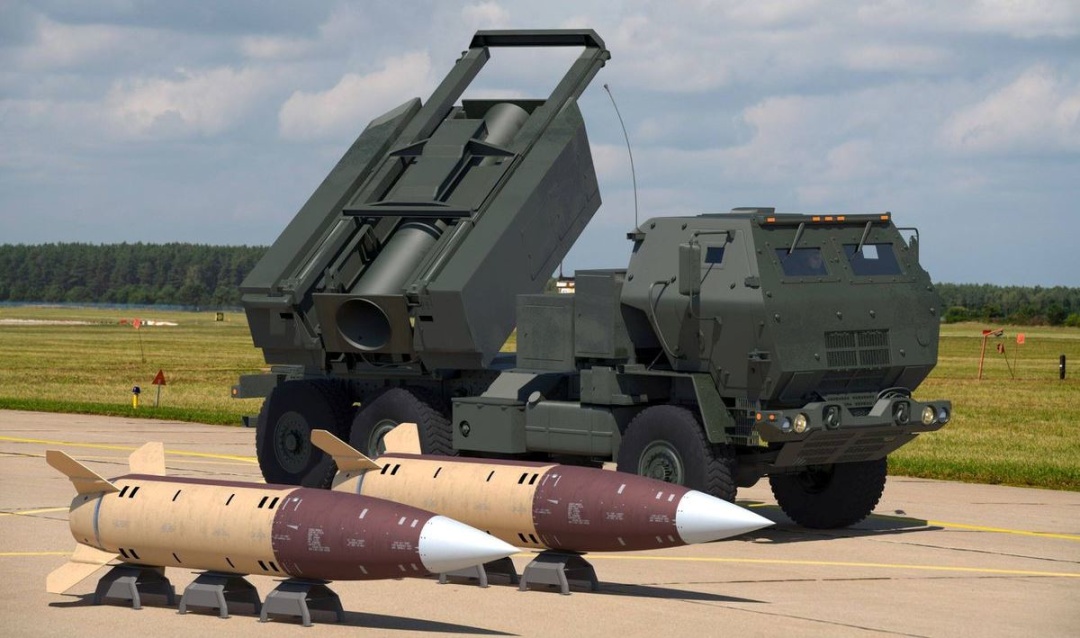
М142 HIMARS multiple rocket launcher launcher and ATACMS missiles. Photo by Mariusz Burcz
We are talking, of course, about Ukraine's partners supplying the relevant weapon systems or certain types of ammunition with the appropriate range. And it’s so much about some certain models, such as, for example, the MGM-140B ATACMS Block 1A missile for the M142 HIMARS. A comprehensive approach must be applied to re-equipping artillery and missile forces, tactical aviation, Navy, and other components of Ukraine’s military might. The discussion should address creating or developing capabilities, not just the amount of weapons and equipment to be supplied to brigades slated for re-equipment.
Only in this case would it be possible to discuss the influence on Russia’s actual Center of Gravity in this war. It lies in the war’s "remote" nature for most average Russians. Thanks to this lack of proximity, they perceive not so painfully all the losses, failures, and most importantly, costs of this war in all its senses. A convincing example proving that this is a correct approach to be applied this year is the successful efforts of the Armed Forces of Ukraine to physically transfer the zone of hostilities to the temporarily occupied territory of the Autonomous Republic of Crimea. This was done by a series of successful missile strikes on the enemy's Crimea-based air bases, first of all, the Saki airfield[4]. The task of the Armed Forces of Ukraine for 2023 is to make these experiences even sharper and more tangible for the Russians and for other occupied regions, despite the massive distance to the targets.
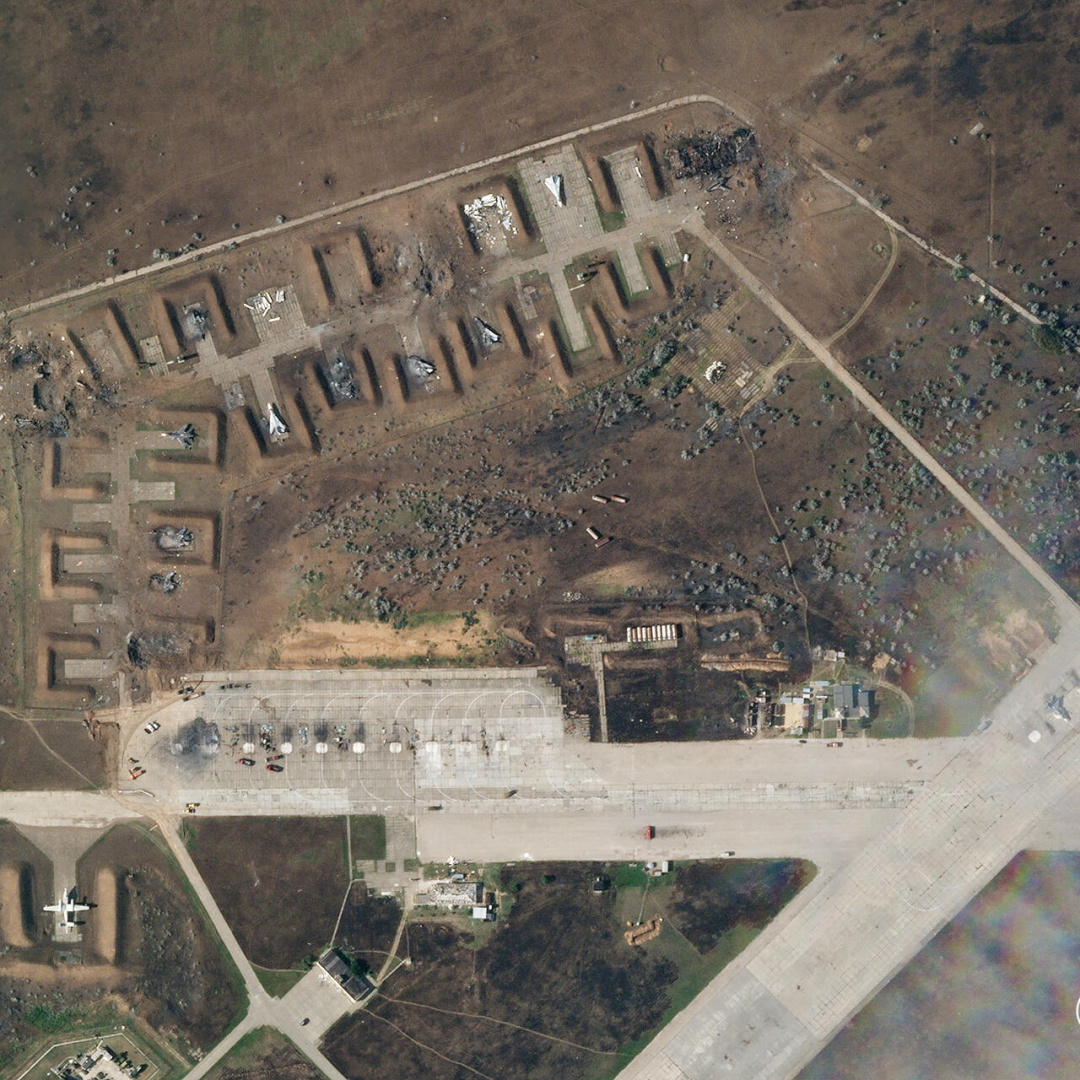
There is a need to pose the question even more broadly: what is the source of confidence, readiness, and most importantly, the need for the Russian leadership and society to support the war on Ukraine and sincerely believe that it must be completed as planned? In addition to the well-known reasons, such as the Kremlin’s desire to gain at least regional leadership, satisfying the claims of "getting up from their knees" and some frankly imperial ambitions, which are all acceptable to ordinary Russians, there is also a purely practical one. It refers precisely to the principles of employing the Russian army. This is about an aggressive type of war of annihilation, launched against a nation that lacks the military might to put up adequate resistance to the Russian troops. Simply put, it is precisely about that impunity that the lack of physical proximity ensures. This is the true Center of Gravity for the enemy. And we have no right to leave it without proper attention.
The picture can radically change due to appropriate planning and proper cooperation with Ukraine's partner countries. Comprehensive efforts to equip and re-equip the Armed Forces of Ukraine with weapon systems of the appropriate range, with a proper long-term vision of the objectives, should become the long-sought game-changer. Only by balancing out the weapons’ operating range, thus disturbing the said center of gravity for the enemy, can we get to a turning point in the ongoing war.
If Ukraine succeeds in receiving the appropriate weapons, operational and strategic prospects for 2023 will look totally different. The very threat of the Ukrainian Armed Forces employing means of destruction of the appropriate range will force Russia to reconsider the nature, course, and outcome of the ongoing confrontation.
However, Ukraine can consider acquiring the relevant weapons systems from partners only as a solution for the transition period. From the first days of the Russian full-scale aggression, the Ukrainian side has faced the acute problem of restoring and establishing its own design and production capacities to manufacture high-tech weapon systems. Tactical and technical requirements for such systems should already include appropriate parameters, including their range. There is no doubt that Ukraine's national efforts to this end open up unlimited opportunities for international military-technical cooperation with partner countries.
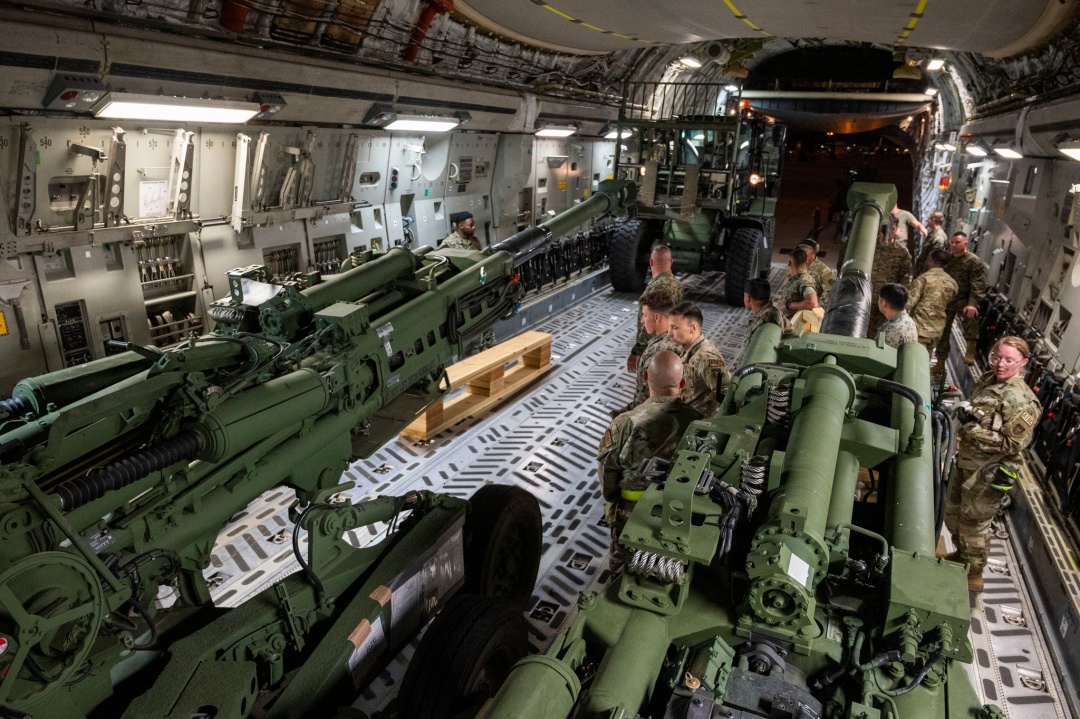
AT THE BASE OF UKRAINE’S RESISTANCE LIES MASSIVE MILITARY AND TECHNICAL SUPPORT FROM ITS PARTNERS
Considering the prospects of cooperation with partners in arms supplies to Ukraine, it is appropriate to note two significant factors that, from the onset of Russian aggression, have had a major influence on the adoption of relevant decisions, as well as the terms and volumes of supplies.
The first of them is a general misconception about the scale of the Russo-Ukrainian war. Despite the widest media coverage, it remains difficult for the modern-day populations worldwide, primarily for Europeans, to even fathom World War 2-style combat operations in real life. It’s hard for them to imagine a line of contact that is thousands of kilometers long, tens of thousands of military equipment units, and more than a million armed people, directly or indirectly participating in the war.
Air raid sirens, missile attacks and bombardments of peaceful settlements, flows of refugees and prisoners of war, river crossings operations, and tank breakthrough attempts – for most people across the world, all of this remains only a ghostly history of the last century’s two world wars.
At the same time, for the people and the Armed Forces of Ukraine, all of the above has already become an integral part of everyday life. In terms of the engagement of personnel and equipment, Ukraine's effort to repel Russian aggression has already exceeded certain indicators of hostilities waged on its territory during WW2. The deployment of effective resistance to the more than a 300,000-strong grouping of the Russian armed forces required mobilization of hundreds of thousands and the need to equip them with tens of thousands of military equipment pieces. As for the daily munitions expenditure in Ukraine’s Armed Forces in terms of artillery rounds per gun, it is triple the indicators recorded by the British Army’s Royal Artillery during WW1. Taking into account the duration of the war and the prospects for the 2023 campaign, it is unlikely that these numbers will be decreasing.
Ukraine's effort to survive an onslaught of a superpower requires, and will continue to require, significant material resources and funds. In 2023, the significant volumes of military and technical assistance from partner countries must remain the material core of Ukraine’s resistance. After all, despite own losses due to Russia sanctions, dependence on Russian energy and individual attempts to pacify Russia, no country will ever be forgiven in world history for appeasing a blood-thirsty predator that gets further intoxicated on the blood it sheds.
Another factor is the direct threat of the use by Russia, under certain circumstances, of tactical nuclear weapons. Battles on the territory of Ukraine have already demonstrated how much the Russian Federation neglects the issues of global nuclear security even in a conventional war[5]. In particular, since July 2022, Russian troops have set up a military base at the Zaporizhzhia Nuclear Power Plant, deploying heavy artillery, including BM-30 Smerch multiple rocket launchers, on its premises[6].
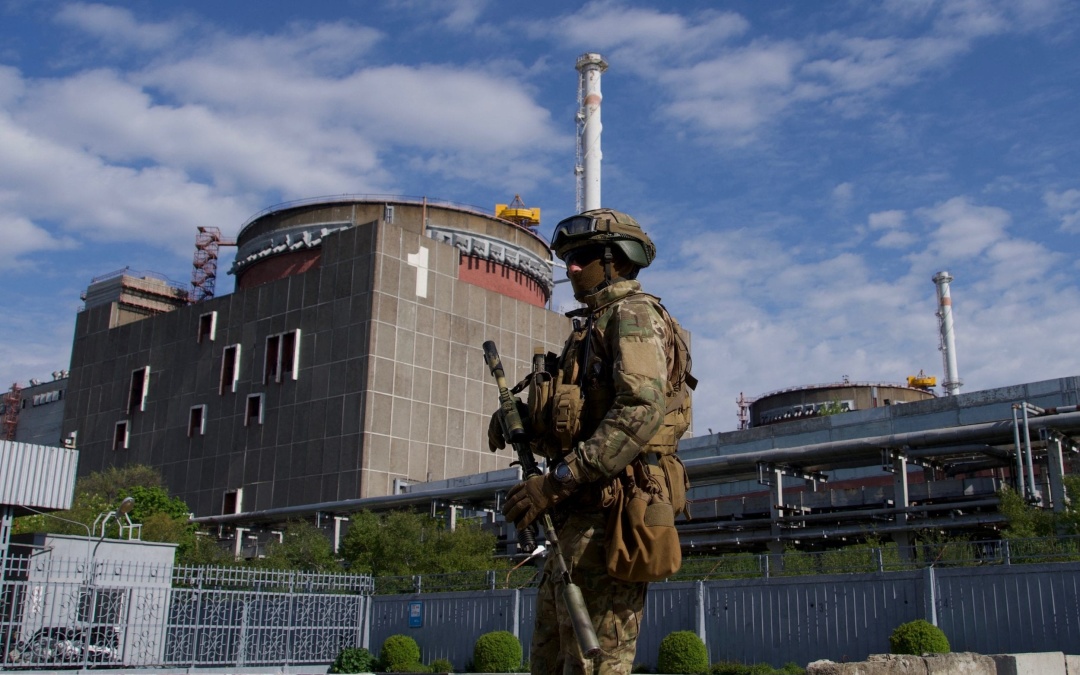
It is hard to imagine that even nuclear strikes will allow Russia to break Ukraine's will to resist. But the threat that will emerge for the whole of Europe cannot be ignored. The possibility of direct involvement of the world's leading powers in a "limited" nuclear conflict, bringing closer the prospect of World War 3, cannot be completely ruled out either.
As a forced step, which is still extremely necessary, we must return to the source of Russian confidence, which is impunity. Any Russian attempts at practical steps in the use of tactical nuclear weapons must be pre-empted by employing the entire arsenal of means at the disposal of world powers. After all, starting from this moment, the Russian Federation will become not only a threat to the peaceful coexistence of Ukraine, its neighbors, and a number of European countries but also a truly global-scale terrorist state.
In our opinion, it is precisely taking into account such a complex and ambiguous combination of factors that the prospects of the 2023 military campaign should be considered. Only their full and comprehensive consideration will create the prerequisites for Ukraine to defeat the aggressor’s army and put to an end the destructive war that is raging in Europe.
General Valeriy Zaluzhnyi is Commander-in-Chief of the Armed Forces of Ukraine, member of the National Security and Defense Council of Ukraine
Lieutenant General Mykhailo Zabrodskyi is First Deputy Chairman of the National Security, Defense, and Intelligence Committee of the Verkhovna Rada of Ukraine
[1] Wade, N. (2009). The Joint Forces Operations and Doctrine (2nd ed.). Lakeland, FL: The Lightning Press.
[2] First, the Russian/Soviet Kh-55/Kh-505 and Kh-101 air-launched cruise missiles are meant.
[3] The modernized missile complex 9K79-1 "Tochka-U" was introduced in 1989. The short-range ballistic missile system "Tochka-U" has a declared range of up to 120 km and a circular probable deviation of up to 95 m.
[4] The airfield of the permanent base of the 43rd Marine Assault Aviation Regiment of the Black Sea Fleet of the Russian Navy. One of the five main airfields on the territory of the Crimean Peninsula, which the Russian aviation has been using since February 2022 for strikes on the territory of Ukraine. As a result of a combined strike on the airfield on August 9, 2022, up to 10 Russian Su-24 and Su-30M aircraft were disabled.
[5] The Chernobyl nuclear power plant was under the control of Russian troops from February 24 to April 2, 2022. The Zaporizhia NPP has been under the control of Russian forces since March 4, 2022.
[6] Hinshaw D., Parkinson J. (2022, July 5). Russian Army Turns Ukraine’s Largest Nuclear Plant into a Military Base. The Wall Street Journal.


